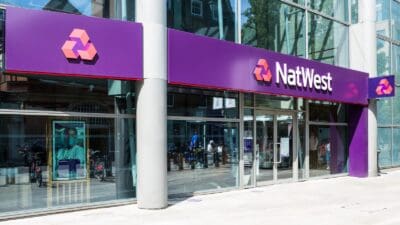I hope you were paying attention when I wrote at the end of last year that Barclays (LSE: BARC) (NYSE: BCS.US) was the bank to watch in 2014. At the time, it traded at 251p. Today, it would cost you 296p, a leap of more than 15%. I suspected the market would come round to Barclays this year, but I didn’t expect it to happen so quickly.
I saw lots to like in Barclays at the end of last year. It has been quietly boosting is core tier 1 ratio, now 11.3%, and had just posted £4.97 billion of profit in Q3, despite the £741 million of costs of Project Transform. I especially liked the fact that the dividend was back, with Barclays forecast to yield 4% by the end of the year, and that the stock was trading at a tempting 8.3 times earnings.
January joy
So how did Barclays get its bite back? Well, January was quite a month. First, like the rest of the big banks, its share price benefited from publication of the Bank of England’s Bank Liabilities Survey, which showed a fall in their funding requirements and improvements in capital metrics and retail deposits. JP Morgan Cazenove then named Barclays as a top pick in the European investment banking sector. The entire sector got a further boost on Monday, after Basel III capital requirements were eased, in a bid to prevent a tightening in global finance. This persuaded Ian Gordon at Investec to issue a buy note for Barclays, saying it offered “further comfort around leverage ratio requirements”. Suddenly everybody wanted a piece of Barclays.
Barring accidents or black swans, I would expect Barclays to continue to grow this year, although not at the same pace. The UK economy is stuttering back to life and inflation is falling, which should make consumers feel a bit richer. The housing market is booming, and although I don’t expect that first base rate hike to come this year, 2015 is a distinct possibility. As Barclays beefs up its dividend, retail and institutional income investors will want to add it to their portfolios.
Next stop: Barking
Inevitably, Barclays will cost you more than it did one month ago. Today, you pay 9.3 times earnings, rather than 8.3 times. In return, you get forecast earnings per share prospects of 23% in 2014 and 20% in 2015. The yield is forecast to be 5.1% by December 2015, which should make a lovely Christmas present. Barclays is hard to love, but at least it has got it bite back. I hope you listened to me when I was barking about it last month.








